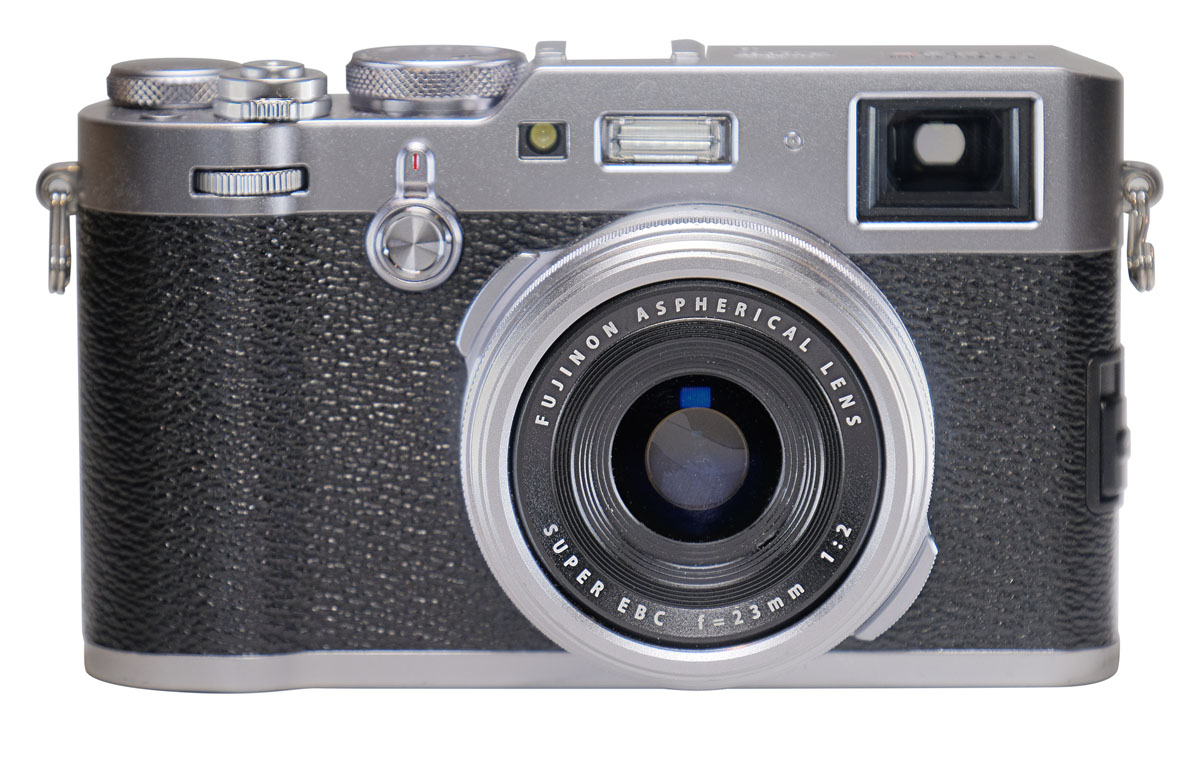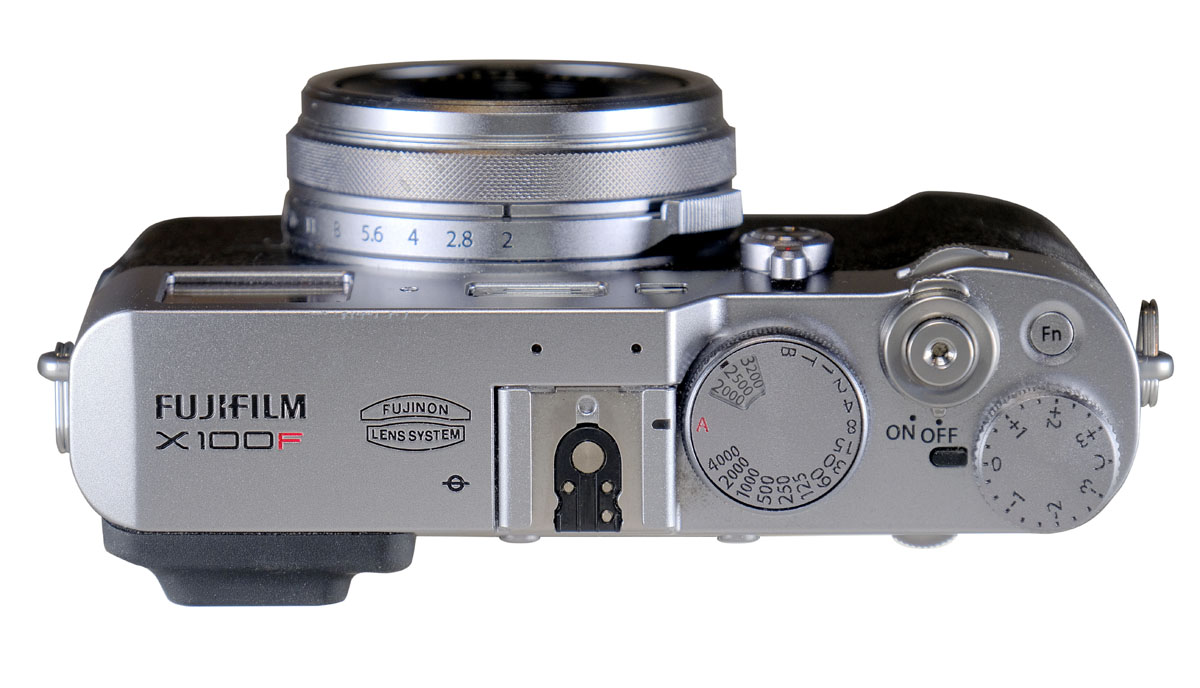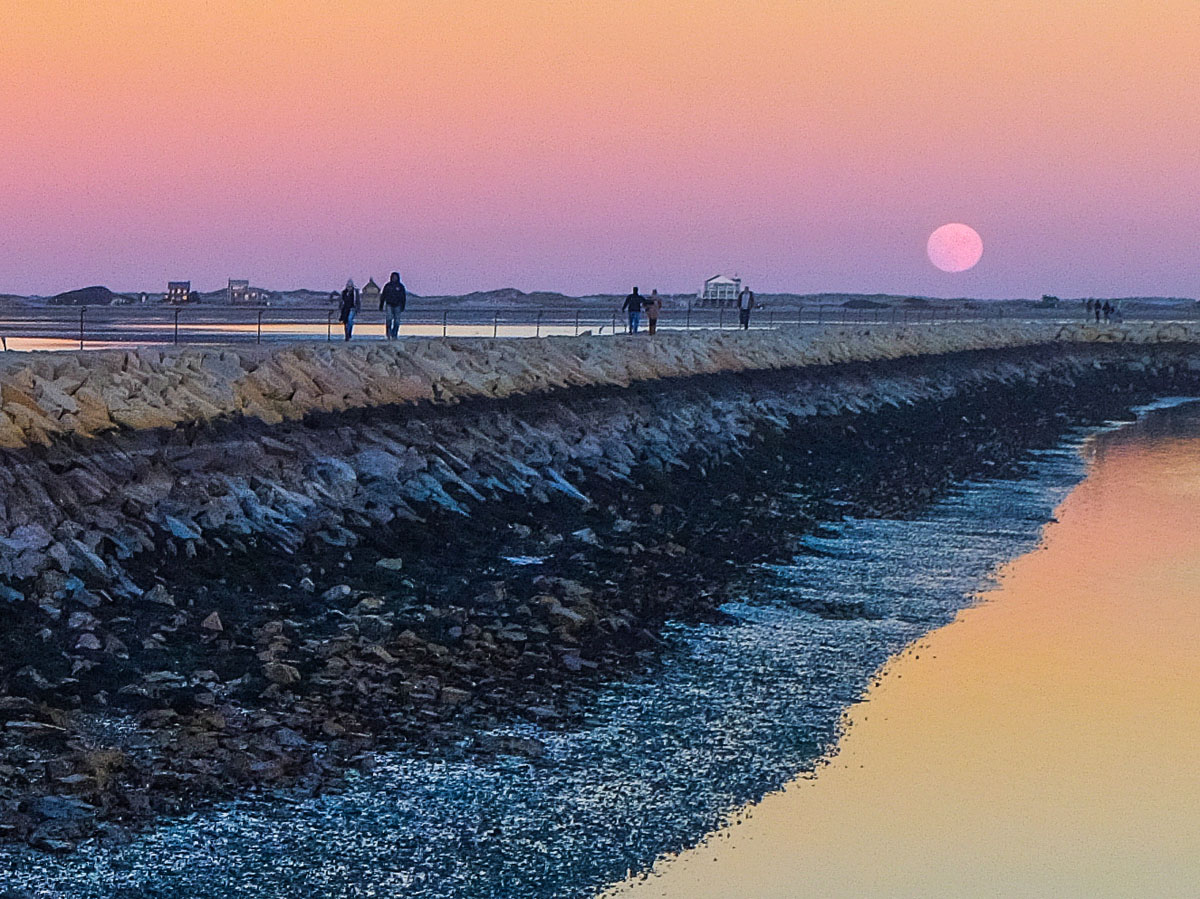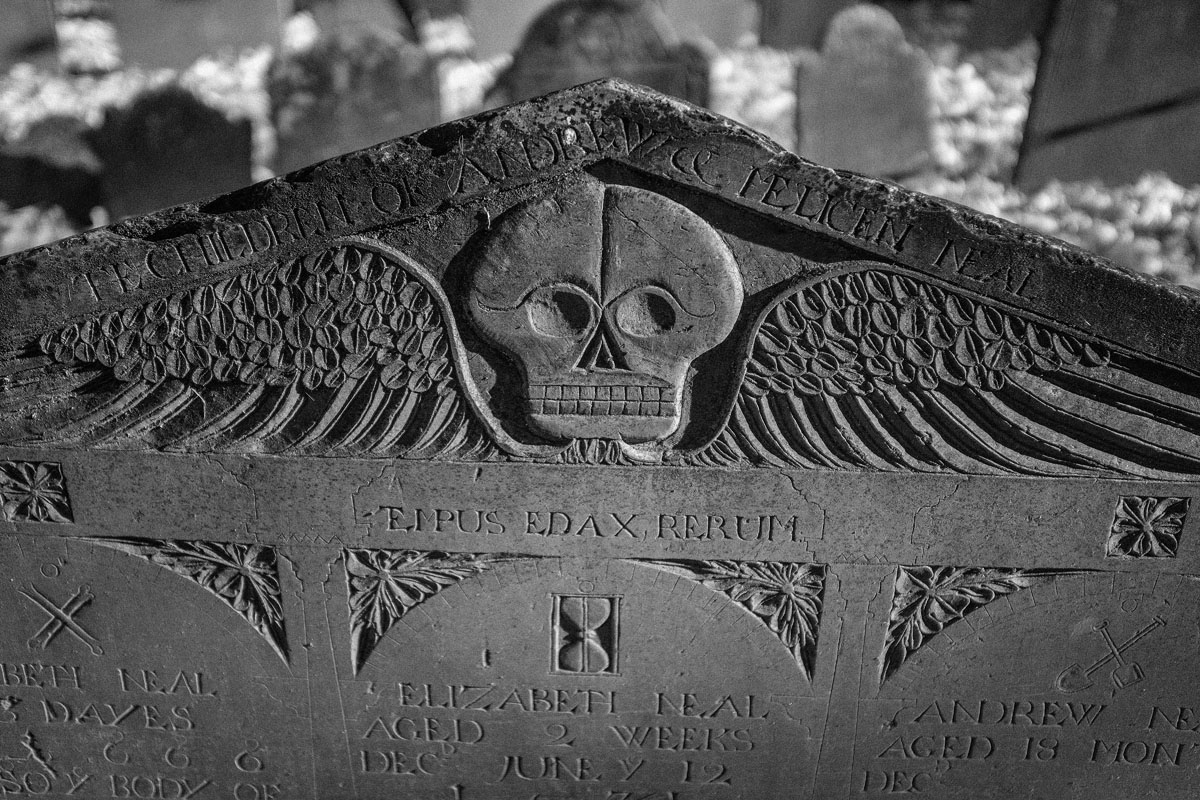
The X100F — The Little Camera That Could!
Lee Varis
Lee Varis là một họa sĩ minh họa ảnh hiện đang làm việc trong khu vực Boston. Anh đã tham gia chụp ảnh thương mại trong hơn 40 năm. Anh bắt đầu làm việc với hình ảnh máy tính hơn 20 năm trước và hiện làm việc với nhiếp ảnh kỹ thuật số cũng như thông thường, kết hợp với đồ họa máy tính để tạo ra hình ảnh sử dụng trong quảng cáo in.
Tác phẩm của Lee đã được giới thiệu trên áp phích phim, bìa hộp video, bìa CD, nhiều tài liệu quảng cáo và danh mục. Anh ấy chịu trách nhiệm cho hình ảnh con bướm đêm trên áp phích phim "Sự im lặng của bầy cừu"! Hình ảnh sáng tạo của anh đã được đăng trên các tạp chí National Geographic, Newsweek và Fortune cũng như các tạp chí thương mại PDN, New Media, Micro Publishing News, Rangefinder và Photo Electronic Imaging. Hầu hết các công việc của Lee bắt đầu khi nhiếp ảnh được thao tác trong máy tính bằng nhiều phần mềm hình ảnh. Hình ảnh thường được kết hợp lại với vẽ và hiệu ứng kỹ thuật số hoặc với các yếu tố ảnh bổ sung để tạo ra hình ảnh kỹ thuật số chuyển đổi các tài liệu gốc. Khách hàng, giám đốc nghệ thuật và các nghệ sĩ đồng nghiệp tìm kiếm nguồn cảm hứng tại trang web của Lee:
http://www.varis.com
Ở đó, anh trình bày công việc hình ảnh gần đây, cập nhật về nhiều lớp học, hội thảo, cũng như các liên kết đến blog và các trang web sách của mình. Bạn có thể tìm hiểu thêm về sự nghiệp nghệ sĩ hình ảnh rộng lớn của Lee từ bài thuyết trình của anh tại Adobe:
http://bit.ly/Varis20yrs
Lee còn tham gia các hoạt động tư vấn và đào tạo cho nhiều khách hàng doanh nghiệp. Anh đã thực hiện hai chuỗi hội thảo hình ảnh cho Apple Computers, đưa anh đến hầu hết các khu vực đô thị lớn trên khắp đất nước và hiện đang hoạt động trong các chương trình hội thảo với APA, ASMP, LACP, ICP và CPW. Bạn có thể mua bản tải xuống video về hội thảo 3 ngày mà anh ấy thực hiện tại creativeLIVE tại đây:
http://varis.me/Nobunl
Cuốn sách đầu tiên của Lee là "Nhiếp ảnh kỹ thuật số cho các chuyên gia sáng tạo" với Rockport Publishers 2003. Đây là một cuộc kiểm tra các ứng dụng chuyên nghiệp về nhiếp ảnh kỹ thuật số cho các nghệ sĩ đồ họa thương mại và giám đốc nghệ thuật, tập trung vào các vấn đề về quy trình làm việc và giải pháp sáng tạo cho các nhóm làm việc đồ họa. Cuốn sách nổi tiếng nhất của anh là cuốn sách bán chạy nhất: “Skin: Hướng dẫn đầy đủ về chiếu sáng kỹ thuật số, chụp ảnh, chỉnh sửa khuôn mặt và cơ thể” của nhà xuất bản Wiley Publishing 2006 & phiên bản 2 vào năm 2010. Cuốn sách này đã trở thành một tài liệu tham khảo bắt buộc cho mọi bức chân dung và nhiếp ảnh gia thời trang. Cuốn sách mới nhất của anh là Làm chủ phơi sáng và hệ thống khu vực dành cho các nhiếp ảnh gia kỹ thuật số, Cengage, 2010 - một cuộc kiểm tra chi tiết về hiệu chuẩn và chụp ảnh cho chất lượng lý tưởng trong các ảnh chụp kỹ thuật số. Anh còn đã viết nhiều bài cho Design Graphics, PEI, PC Photo, Rangefinder và Digital Photo Pro.
Là một nghệ sĩ mỹ thuật, Lee đã làm một loạt các hình ảnh dựa trên Tarot. Tiến độ hiện tại của dự án này được trình bày tại:
http://www.newmillenniumtarot.com
Hơn 40 năm kinh nghiệm trong nhiếp ảnh của Lee, kéo dài quá trình chuyển đổi từ phim sang kỹ thuật số mang đến cho anh một điểm thuận lợi vô giá để giảng dạy và truyền cảm hứng cho các thế hệ nghệ sĩ tương lai.
Fujifilm’s X100 was arguably one of the most innovative cameras to immerge from the field of mirrorless camera designs in the last several years! The rangefinder style camera with ƒ-stops on the lens, manual controls, and a unique hybrid viewfinder was an instant hit. The latest iteration of the camera, the X100F, continues to refine the design and upgrade the X-Trans sensor! This camera occupies an odd niche in that its a fixed lens mirrorless, that is much more than just a point-and-shoot, but not an interchangeable-lens “system,” with a cool, retro “old school” vibe.
Fujifilm’s new X100F aims to be just enough camera for most everything in a form factor that recalls classic rangefinders with all the features of a high-end mirrorless camera! Pretty much the same size as the original, with exactly the same 23mm ƒ2 lens, the X100F, never the less, contains significant improvements . Most of the changes are under the hood, with the new X-Trans III, 24 megapixel sensor, with a 4000×6000 pixels capture size, and all the latest film simulations. The most noticeable physical changes can be seen on the back of the camera, seen below with the older X100S on top, X100F on the bottom.
The X100F has a larger LCD screen, and organizes the button controls in a more elegant manner. The new focus lever just to the upper right corner of the screen is a most welcome addition, giving the photographer easy control over the position of the focus point with the thumb, without needing to take the eye from the viewfinder. The retro style places familiar controls on the top of the camera for easy access without dipping into the menus. The biggest change here is the ISO selection placed inside the shutter speed dial, a feature I enjoy, though many users might prefer to program the new front dial to change ISO instead.
A particularly nice, elegant, retro designed mirrorless camera that seems to fit the point-and-shoot category, but what makes this camera so special is it is just so much fun to use! This cool little camera is designed to be just enough camera for perhaps 80% of all candid picture taking situations! The unobtrusive, casual nature of the classic styling, is comfortable for the photographer, as well as the subject, making this a perfect street-camera for walkabouts, photo-journalism, and travel. The kind of camera you can just grab and go!
I first used the X100F on a walkabout during the supermoon on Nov 13th 2016 – This shot was taken on an evening stroll in Plymouth, MA during the supermoon November 13th, 2016…
I had the camera at ISO 400, using the Velvia film simulation, and the result was spectacular! The detail and color is impressive! Here is a cropped view:
The advantage of Fujifilm’s mirrorless cameras is the exposure and white balance preview you see in the detailed viewfinder. It is very simple to adjust the exact look you desire on-the-fly, with your thumb on the exposure compensation dial. The X100F offers +/-3 EV, with an extra 2 EV (for a total of +/-5 EV) when you set the dial to “C,” and use the on-screen menu.
The X-Trans III sensor with improved processor includes all of the newest film simulations —my favorites are ACROS for B&W, and Velvia for color! Again, you see the effect of the film simulation in the viewfinder, which is especially helpful with B&W pre-visualization, or rather simply… visualization!
The 23mm lens on the APS-C sensor size delivers a 35mm equivalent angle-of-view that is perfect for street shooting—the quality of this glass is impressive! Great contrast & sharpness:
Though one doesn’t normally think of a 23mm lens as a great bokeh producer, at ƒ2 the limited depth of focus can be especially attractive.
I found that this little camera was perfect for candid shots of my grandsons during a recent visit. Quick focusing and easy to handle, the X100F is ideal for fast moving kids in chaotic environments. I almost always shot wide open and never worried about whether the shot would be soft—the focus lever is so fast and easy to use!
The Fujifilm X100F is really just enough camera—versatile, without additional complications, and ready to capture in an instant. Quite adaptable to almost any shooting style thanks to its hybrid viewfinder that offers both optical and EVF views, and ergonomic, unfussy manual controls. With practice the camera becomes effortless to adjust, and selection of preset shooting styles is quick using the handy “Q” menu (Q button on the back of the camera.) There is even a perfectly adequate built-in flash for those impromptu party pictures!
The beauty of having a compact quality image making machine, as apposed to a mobile phone with picture taking capabilities, is convenience that doesn’t sacrifice quality. Yes, one has to spend a little more to get that kind of quality, but for someone who is passionate about photography, yet doesn’t want to lug around a full system every time they go out, this is a fantastic choice. Sometimes it’s liberating to not have to think about what lens to use, and having only one focal length can simply composition decisions, and strengthen your technique!
























































